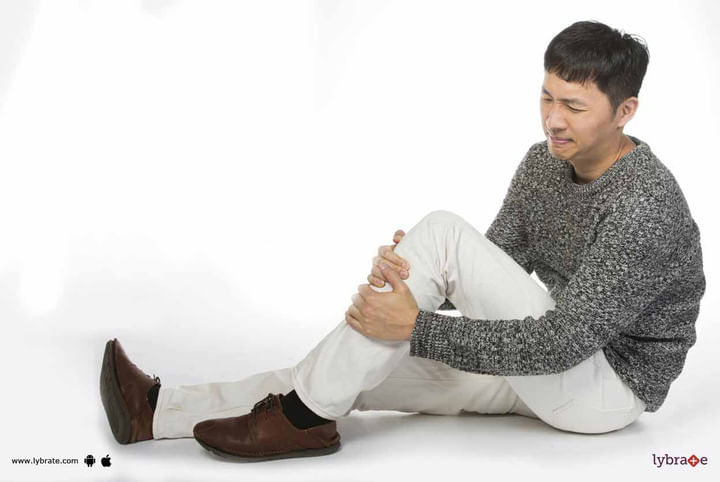Shin Splints - How They Can Be Treated?
The shin is the frontal part of the lower leg and runs from slightly below the knee almost all the way to the foot. This area takes a lot of stress during movements such as walking and running and most forms of exercises of the lower body. Any other form of movement where the weight of the upper body has to be transferred to the feet also involves the shin. Thus repeated stresses may sometimes take their toll resulting in shin splints which can be quite painful.
What exactly are shin splints?
Shin splints are usually described as pain in the shin area which affects both muscle and bone tissue in the region of the shinbone or tibia. The pain is usually felt within the inner edge of the tibia and can be felt anywhere or everywhere starting from right underneath the knee to the ankles. This condition is medically known as ‘medial tibial stress’ syndrome.
What are the causes of shin splints?
The primary causes of shin splints are repetitive stresses on the shin bone which cause minute tears within muscle or bone tissues. These may not limit movement or debilitate you but may become quite painful. People of certain professions tend to get this more than anybody else such as:
- Dancers
- Runners
- Any other sport where repetitive movement puts a lot of force on the tibia and the surrounding region.
- People in the military who have to go for regular drills and combat exercises involving a lot of running among other activities.
Other risk factors could also include:
- A sudden increase in the type, intensity and power of the exercises you were doing
- Running on uneven terrain such as mountainous or hilly terrain
- Running on very hard surfaces such as concrete
- Running or exercising or even heavy walking for prolonged periods in the wrong kind of footwear
- If you have a flat feet or a high arch and thus have balance issues
Treatment
Most cases of shin splints go away on their own if proper care is taken and can be easily managed with home remedies. However, if the pain seems to be increasing and causing problems, then you should visit a doctor to get it checked out. Some of the basic remedial treatments are mentioned below –
- Use Ice packs: Ice packs are one of the best ways to relieve pain and also reduce inflammation in the muscles. Apply ice packs on the area for about 15 -20 minutes at one time and repeat 4 to 6 times a day depending on the requirement. Cover the ice pack with a thin towel to protect your skin.
- Take ample rest: This is quite obvious as more stress on the already affected area will only cause further problems. Give it time to heal, although you can undertake lighter exercises such as swimming or cycling to stay in the exercise mode.
- Pain relievers: You can try over the counter pain relievers such as ibuprofen, acetaminophen, and naproxen sodium to ease the pain as well.



+1.svg)
